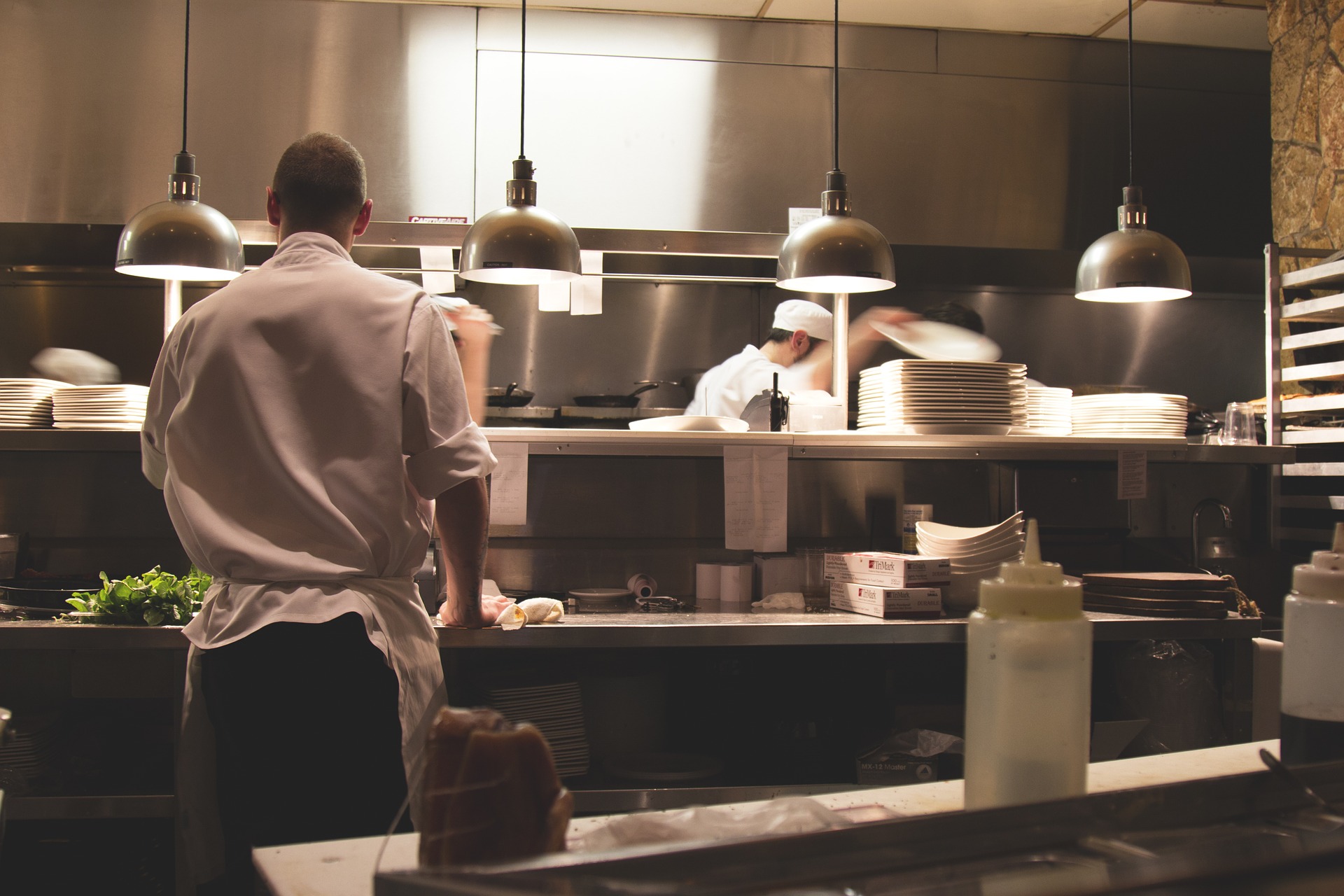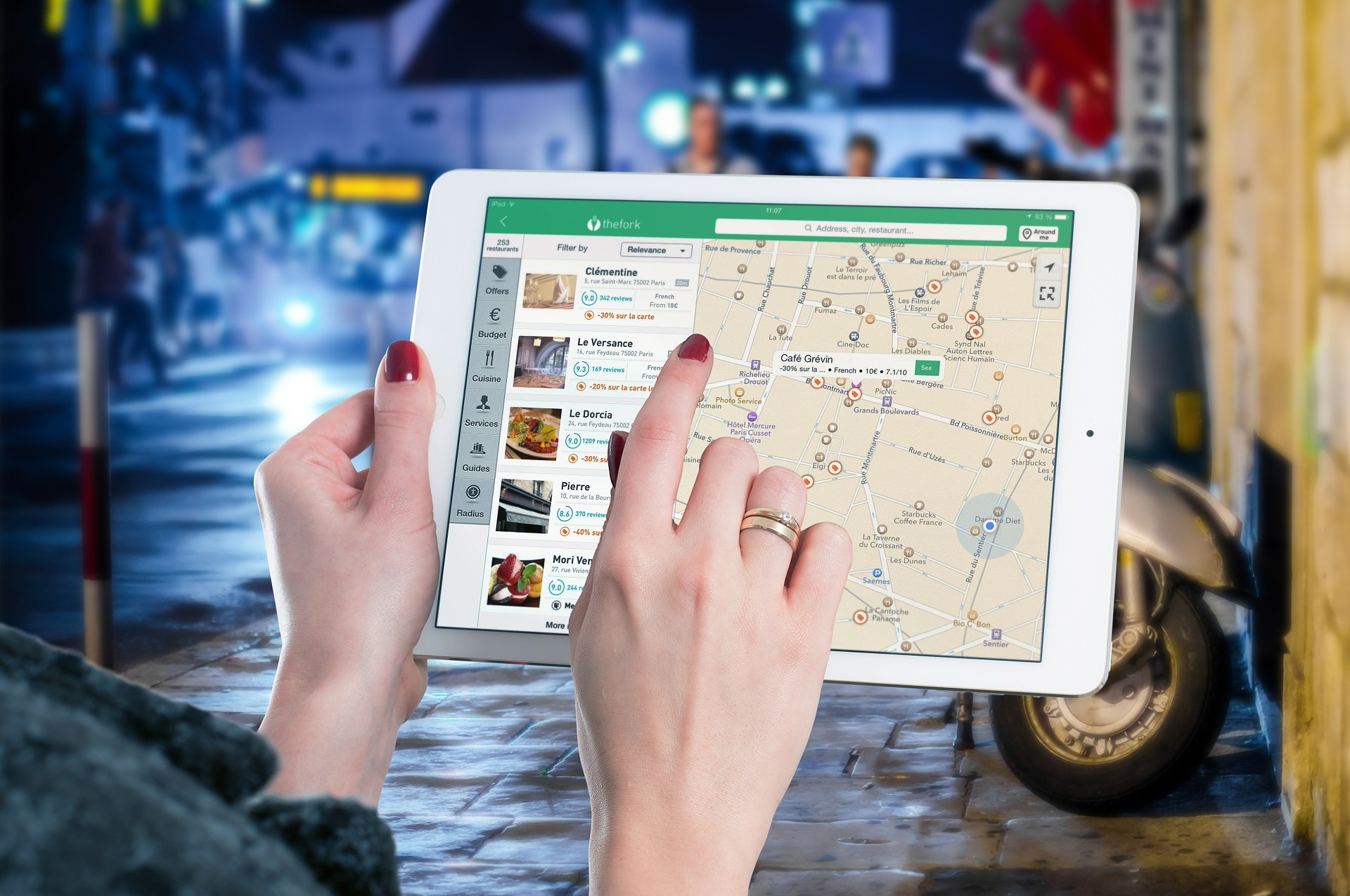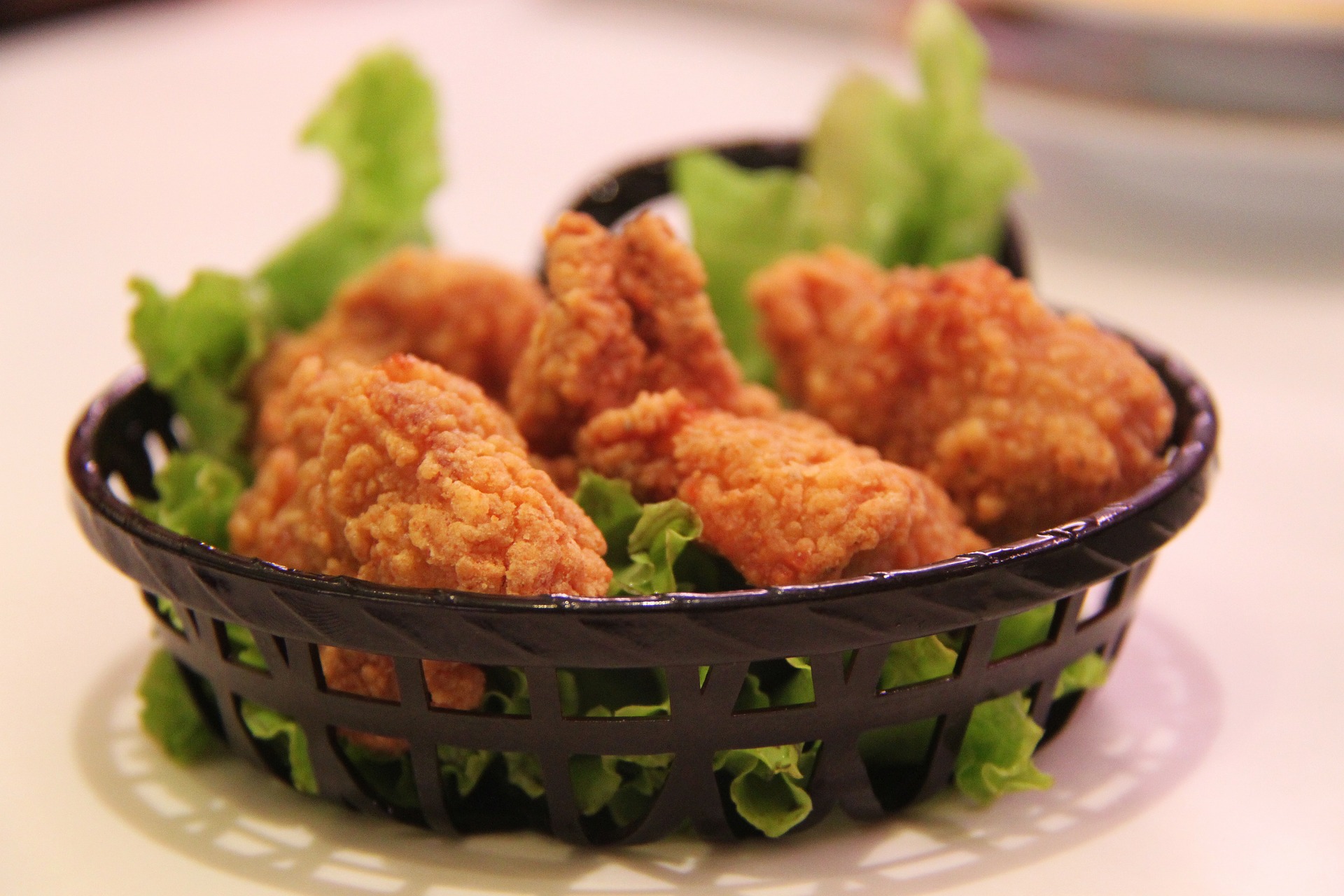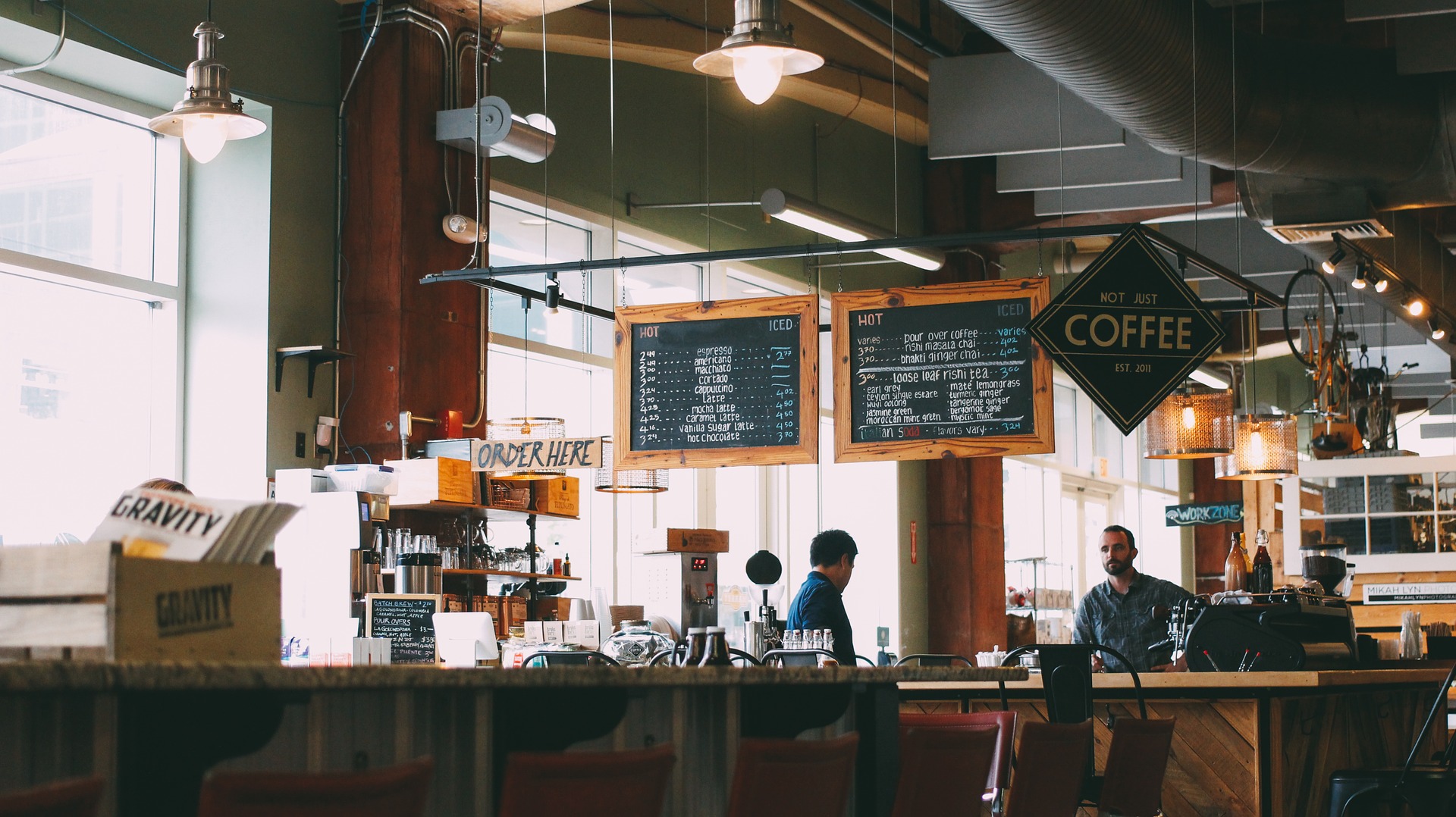A website is now one of the most essential marketing tools for any restaurant. Though patrons will still actually have to come to your establishment to take part in your services, they want to be able to look at your menu, see your hours, and even read reviews long before they arrive on your doorstep.
This means you need to have a robust website with the features and elements that your potential customers expect.

Not having a fully functional website can be a turnoff for those who are looking for somewhere to eat.
Keep in mind that nearly 90% of diners research a restaurant online before they step through the door. Here are 25 items your website needs right now:
1. Your address
The most common reason customers are going to look you up online is to find your location. Having your address prominently displayed on your website is the best way to make sure they can easily find you.
2. Your phone number
They might also want to call ahead to see if you take reservations or to place an order for takeout. Don’t make it difficult for them to call you; make sure your phone number is easy to find on your website (i.e. displayed at the top of every page).
Side note: Make sure that your phone number is correct and consistent across all of the website business directories.

3. Your hours
Many of your website visitors will just be trying to figure out whether or not you are open. Make sure they can easily find this information.
4. Social media profiles
Social media is a great way to develop a loyal customer base, especially if you use those profiles to do giveaways or give out coupons. Link your social media profiles on your website.
5. Online orders
If your restaurant does carryout or delivery, you should consider adding a feature to your website that makes it possible for visitors to order right on your website. Online Ordering removes the hurdle of having to call and streamlines the ordering process.
6. Pictures of your dining room
Pictures are a great way to give visitors a glimpse of the atmosphere in your restaurant before they ever arrive. Consumers in 2017 want to be in a comfortable place where the can enjoy their mean and experience. So, show them that your restaurant can provide that experience.
7. Pictures of your food
Adding pictures of your food to your website will ensure that those browsing it want to come in and try your dishes. Having beautiful culinary photos taken of your food is a no-brainer for restaurants.
Think about your favorite food, now picture it. When you see it in front of you, you can really understand how much you enjoy that dish.
Hopefully you can keep reading and don’t need to run out for lunch after that.
Let’s continue…

8. Your menu
Many people who come to your website will be trying to figure out whether or not you have something on your menu that they will enjoy. Make it easy for them: put your menu on your website.
Further, you may want to look into online ordering, as mentioned earlier.
9. Your story
Everyone loves a great story, especially about their favorite restaurants. Use your website to tell the story of your history, and why you do some of the things that you do. Why does your restaurant serve a specific community or specific type of restaurant diner? Telling a compelling story will bring patrons into your restaurant to experience what they’re reading.
80% of millennials said that they prefer to spend their money on an experience, rather than a product. pic.twitter.com/2ntZlDhb0T
— Aginto Solutions (@AgintoSolutions) March 28, 2016
10. Compatibility with mobile devices
A lot of the browsing of your website is going to be done via mobile device. Make sure it’s simple and easy to search your website via mobile. Long story short, your website needs to be responsive. If it’s not, you’ll also see declining search results from Google.
If you’re unsure whether your website is mobile responsive or not, use Google’s free test.
Google Mobile Responsive Free Test: https://search.google.com/test/mobile-friendly
11. Great navigation
While you do want a great website, you don’t want to get so creative that it’s difficult to get around your website. Make the navigation menus easy to find and easy to understand.
12. Reviews Reviews Reviews
Visitors to your website will be much more likely to visit if they see that other patrons have already had a good experience at your restaurant.
Related: How to Gain 25 New Reviews This Week
13. Parking information
If you’re in a busy part of town, it would be valuable to include information on your website about where the closest parking areas are.
14. Email list
Give visitors the opportunity to join your email list to learn about special events and potentially get coupons and discounts.
You can also segment users based on a number of factors, like the location that they visited or even their typical order. This opens the door to amazing opportunities to advertise to these diners down the road.
15. Online reservations
A tool that allows visitors to make a reservation online will greatly increase your number of reservations.

16. SEO Keywords
If you haven’t already invested some time in SEO, now is the time to start. Adding your menu to your page is a great way to kick this off.
17. A blog
While a blog is less critical for a restaurant than other types of businesses, a blog with posts about special events or new menu items could be useful.
18. Web analytics
It’s not enough to simply build a website and slap it onto the internet. You should track your traffic and find ways to constantly improve that website to draw more traffic.
Maybe social media has been your best referral of traffic, or possibly Google’s search results page or Yelp. You need to know these things in order to invest your marketing dollars and time more efficiently.
Here’s a brief tutorial on setting up Google Analytics on your website.
Related: Using Demographics in Google Analytics
19. Location specific personalization
If your restaurant has more than one location, make sure to include a feature that allows users to pick the restaurant nearest them.
No matter if you have one location or more, include imagery and information on the city and communities you are serving. It’s not only great for aesthetic reasons, but Google will definitely notice location specific keywords.
20. A robust about page
Especially if your restaurant and chef have a mission (sourcing local ingredients, organic ingredients, etc.) a robust about page is a great way to draw in the right crowd to your restaurant.
Today, people want to get behind the scenes a little bit, and see the story that a restaurant has to share. Social media is a great place to share things like this as well, but make sure your About Us page has information on the history of the restaurant, and who is steering the ship. And why! And how! Consumers love that stuff.

21. Consistent updates
It’s important to update your website when something in your business changes,. Whether it be your hours, your location, or your menu items.
You will eliminate issues when consumers come into your location to order something, only to find out you’ve removed it or changed it.
Updating your website is also an indicator to Google that your website has the freshest and most up to date information possible. Google’s search results are in a contact state of change, so keep in mind that your website being up to date is always a plus.
22. Directions
If your restaurant is a little bit difficult to find, include directions on your website. And if your restaurant is easy to find, include directions on your website.
23. A streamlined design
You want your website to reflect the atmosphere of your restaurant, but you also want it to be well-designed and easy to use. This is the first impression you will make to potential diner, so make it count!
24. Fast load speed
Nothing is worse than having to wait forever for a website to load. Most visitors will simply click or tap away, rather than waiting. In the restaurant industry specifically, the amount of time that you have to capture and convert an interested diner is even slimmer.
Consumers searching for dinner are in need of your product right at that moment. Forcing them to wait is like showing them ads for your competitor right in your menu.
Here is a great write up from Gregory Ciotti on speeding up your WordPress website.
If you don’t have experience working with your CPanel or hosting directly, contact your web host and discuss your options with them. The small cost of upgrading the speed of a slow website will be more than worth it with the just the first few new patrons you convert through a fast website.
25. No annoyances
Things like background music, Flash, and advertising along the edges of the page are all annoying to users, and will send them packing, rather than inviting them in to your website and to your brick and mortar location. Further, it also slows your sites loading speed, which we discussed above.
Conclusion
The restaurant consumer has little patience when it comes to deciding where they will be heading to eat that evening or weekend. Take advantage of the opportunity by ensuring that your website is up to date, and working for you at all times by applying the items in our list above.
Bon appetit!
A website is now one of the most essential marketing tools for any restaurant. Though patrons will still actually have to come to your establishment to take part in your services, they want to be able to look at your menu, see your hours, and even read reviews long before they arrive on your doorstep.
This means you need to have a robust website with the features and elements that your potential customers expect.

Not having a fully functional website can be a turnoff for those who are looking for somewhere to eat.
Keep in mind that nearly 90% of diners research a restaurant online before they step through the door. Here are 25 items your website needs right now:
1. Your address
The most common reason customers are going to look you up online is to find your location. Having your address prominently displayed on your website is the best way to make sure they can easily find you.
2. Your phone number
They might also want to call ahead to see if you take reservations or to place an order for takeout. Don’t make it difficult for them to call you; make sure your phone number is easy to find on your website (i.e. displayed at the top of every page).
Side note: Make sure that your phone number is correct and consistent across all of the website business directories.

3. Your hours
Many of your website visitors will just be trying to figure out whether or not you are open. Make sure they can easily find this information.
4. Social media profiles
Social media is a great way to develop a loyal customer base, especially if you use those profiles to do giveaways or give out coupons. Link your social media profiles on your website.
5. Online orders
If your restaurant does carryout or delivery, you should consider adding a feature to your website that makes it possible for visitors to order right on your website. Online Ordering removes the hurdle of having to call and streamlines the ordering process.
6. Pictures of your dining room
Pictures are a great way to give visitors a glimpse of the atmosphere in your restaurant before they ever arrive. Consumers in 2017 want to be in a comfortable place where the can enjoy their mean and experience. So, show them that your restaurant can provide that experience.
7. Pictures of your food
Adding pictures of your food to your website will ensure that those browsing it want to come in and try your dishes. Having beautiful culinary photos taken of your food is a no-brainer for restaurants.
Think about your favorite food, now picture it. When you see it in front of you, you can really understand how much you enjoy that dish.
Hopefully you can keep reading and don’t need to run out for lunch after that.
Let’s continue…

8. Your menu
Many people who come to your website will be trying to figure out whether or not you have something on your menu that they will enjoy. Make it easy for them: put your menu on your website.
Further, you may want to look into online ordering, as mentioned earlier.
9. Your story
Everyone loves a great story, especially about their favorite restaurants. Use your website to tell the story of your history, and why you do some of the things that you do. Why does your restaurant serve a specific community or specific type of restaurant diner? Telling a compelling story will bring patrons into your restaurant to experience what they’re reading.
80% of millennials said that they prefer to spend their money on an experience, rather than a product. pic.twitter.com/2ntZlDhb0T
— Aginto Solutions (@AgintoSolutions) March 28, 2016
10. Compatibility with mobile devices
A lot of the browsing of your website is going to be done via mobile device. Make sure it’s simple and easy to search your website via mobile. Long story short, your website needs to be responsive. If it’s not, you’ll also see declining search results from Google.
If you’re unsure whether your website is mobile responsive or not, use Google’s free test.
Google Mobile Responsive Free Test: https://search.google.com/test/mobile-friendly
11. Great navigation
While you do want a great website, you don’t want to get so creative that it’s difficult to get around your website. Make the navigation menus easy to find and easy to understand.
12. Reviews Reviews Reviews
Visitors to your website will be much more likely to visit if they see that other patrons have already had a good experience at your restaurant.
Related: How to Gain 25 New Reviews This Week
13. Parking information
If you’re in a busy part of town, it would be valuable to include information on your website about where the closest parking areas are.
14. Email list
Give visitors the opportunity to join your email list to learn about special events and potentially get coupons and discounts.
You can also segment users based on a number of factors, like the location that they visited or even their typical order. This opens the door to amazing opportunities to advertise to these diners down the road.
15. Online reservations
A tool that allows visitors to make a reservation online will greatly increase your number of reservations.

16. SEO Keywords
If you haven’t already invested some time in SEO, now is the time to start. Adding your menu to your page is a great way to kick this off.
17. A blog
While a blog is less critical for a restaurant than other types of businesses, a blog with posts about special events or new menu items could be useful.
18. Web analytics
It’s not enough to simply build a website and slap it onto the internet. You should track your traffic and find ways to constantly improve that website to draw more traffic.
Maybe social media has been your best referral of traffic, or possibly Google’s search results page or Yelp. You need to know these things in order to invest your marketing dollars and time more efficiently.
Here’s a brief tutorial on setting up Google Analytics on your website.
Related: Using Demographics in Google Analytics
19. Location specific personalization
If your restaurant has more than one location, make sure to include a feature that allows users to pick the restaurant nearest them.
No matter if you have one location or more, include imagery and information on the city and communities you are serving. It’s not only great for aesthetic reasons, but Google will definitely notice location specific keywords.
20. A robust about page
Especially if your restaurant and chef have a mission (sourcing local ingredients, organic ingredients, etc.) a robust about page is a great way to draw in the right crowd to your restaurant.
Today, people want to get behind the scenes a little bit, and see the story that a restaurant has to share. Social media is a great place to share things like this as well, but make sure your About Us page has information on the history of the restaurant, and who is steering the ship. And why! And how! Consumers love that stuff.

21. Consistent updates
It’s important to update your website when something in your business changes,. Whether it be your hours, your location, or your menu items.
You will eliminate issues when consumers come into your location to order something, only to find out you’ve removed it or changed it.
Updating your website is also an indicator to Google that your website has the freshest and most up to date information possible. Google’s search results are in a contact state of change, so keep in mind that your website being up to date is always a plus.
22. Directions
If your restaurant is a little bit difficult to find, include directions on your website. And if your restaurant is easy to find, include directions on your website.
23. A streamlined design
You want your website to reflect the atmosphere of your restaurant, but you also want it to be well-designed and easy to use. This is the first impression you will make to potential diner, so make it count!
24. Fast load speed
Nothing is worse than having to wait forever for a website to load. Most visitors will simply click or tap away, rather than waiting. In the restaurant industry specifically, the amount of time that you have to capture and convert an interested diner is even slimmer.
Consumers searching for dinner are in need of your product right at that moment. Forcing them to wait is like showing them ads for your competitor right in your menu.
Here is a great write up from Gregory Ciotti on speeding up your WordPress website.
If you don’t have experience working with your CPanel or hosting directly, contact your web host and discuss your options with them. The small cost of upgrading the speed of a slow website will be more than worth it with the just the first few new patrons you convert through a fast website.
25. No annoyances
Things like background music, Flash, and advertising along the edges of the page are all annoying to users, and will send them packing, rather than inviting them in to your website and to your brick and mortar location. Further, it also slows your sites loading speed, which we discussed above.
Conclusion
The restaurant consumer has little patience when it comes to deciding where they will be heading to eat that evening or weekend. Take advantage of the opportunity by ensuring that your website is up to date, and working for you at all times by applying the items in our list above.
Bon appetit!


